Silver nitrate, silver content: Ag≥63.0 %, CAS no. : 7761-88-8, molecular formula AgNO3, molecular weight: 169.87. Physical properties: silver nitrate is a colorless crystal, soluble in water and ammonia, soluble in ether and glycerin, slightly soluble in anhydrous ethanol, almost insoluble in concentrated nitric acid. The aqueous solution is weakly acidic. Silver nitrate solution contains a large number of silver ions, so it is highly oxidizing and corrosive to a certain extent. It is used medically to corrode the proliferation of granulation tissue and dilute solution is used as a fungicide for eye infection. It is light yellow liquid after melting and white after solidification. Chemical property: silver nitrate turns gray black when it meets organic matter and decomposes silver. Pure silver nitrate is stable to light, but due to the general product purity is not enough, its aqueous solution and solid are often preserved in brown reagent bottles. Silver nitrate decomposed into silver when heated to 440 ℃, nitrogen, oxygen and nitrogen dioxide. The solution of water and ethanol was neutral to litmus with a pH of about 6. The boiling point of 444 ℃ (decomposition). It's oxidizing. In the presence of organic matter, light becomes grey or gray-black. Silver nitrate can precipitate or coordinate with a series of reagents (see coordination compounds). For example, react with hydrogen sulfide to form black silver sulfide Ag2S precipitate; React with potassium chromate to form red - brown Ag2CrO4 precipitate. React with disodium hydrogen phosphate to form Ag3PO4 precipitate of yellow silver phosphate. React with halogen ions to form AgX precipitate of silver halide. It can also interact with alkali to form brown and black silver oxide Ag2O precipitation. And oxalate ion reaction to form white silver oxalate Ag2C2O4 precipitation. Silver nitrate can react with NH3, CN- and SCN- to form various coordination molecules.
USES: analytical chemistry is used to precipitate chloride ions, and working reference silver nitrate is used to calibrate sodium chloride solution. Inorganic industry for the manufacture of other silver salts. Electronic industry for the manufacture of conductive adhesives, new gas purification agents, A8x molecular sieve, silver-plated uniform pressure clothing and live working gloves. Photosensitive materials used in the manufacture of motion-picture film, X-ray film and photographic film. The electroplating industry USES silver plating for electronic components and other artware, as well as for mirrors and insulated bottle cases. The battery industry produces silver and zinc batteries. Used in medicine as a disinfectant, corrosive. Daily chemical industry is used for dyeing hair, etc. Used in analytical chemistry for the determination of chlorine, bromine, iodide and thiocyanate. For cyanide-free silver plating, such as sulfuric acid silver plating, hydrochloric acid silver plating, ammonium imino disulfonic acid silver plating, sulfosalicylic acid silver plating as the main salt. It's a source of silver ions. The content of silver nitrate has a certain effect on the conductivity, dispersion and precipitation rate of silver plating solution. The general dosage is 25-50g/L. The ammonia solution of silver nitrate can be reduced by aldehyde and sugar. So it's a reagent for detecting aldehydes and sugars. It is also used for the determination of chloride ions, the determination of manganese catalyst, electroplating, photography, porcelain coloring.
Storage: store in a cool and ventilated warehouse; The laboratory should be stored in brown glass bottles. Keep away from fire and heat. Avoid light. Library temperature not to exceed 30 ℃, relative humidity less than 80%. The packing must be sealed against dampness. It should be stored separately from inflammable materials, reducing agents, alkali, alcohol and edible chemicals, and mixed storage should be avoided by all means. The storage area shall be provided with suitable materials for leakage.
P&C parameters:
|
The silver content
|
≥63.5%
|
|
appearance
|
Colorless transparent crystal
|
|
Molecular formula
|
AgNO3
|
|
The molecular weight
|
169.87
|
|
CAS no.
|
7761-88-8
|
|
The density of
|
4.35g/cm-3
|
|
Melting point
|
212℃
|
Water soluble
|
219 g/100 mL (20 ℃)
|





















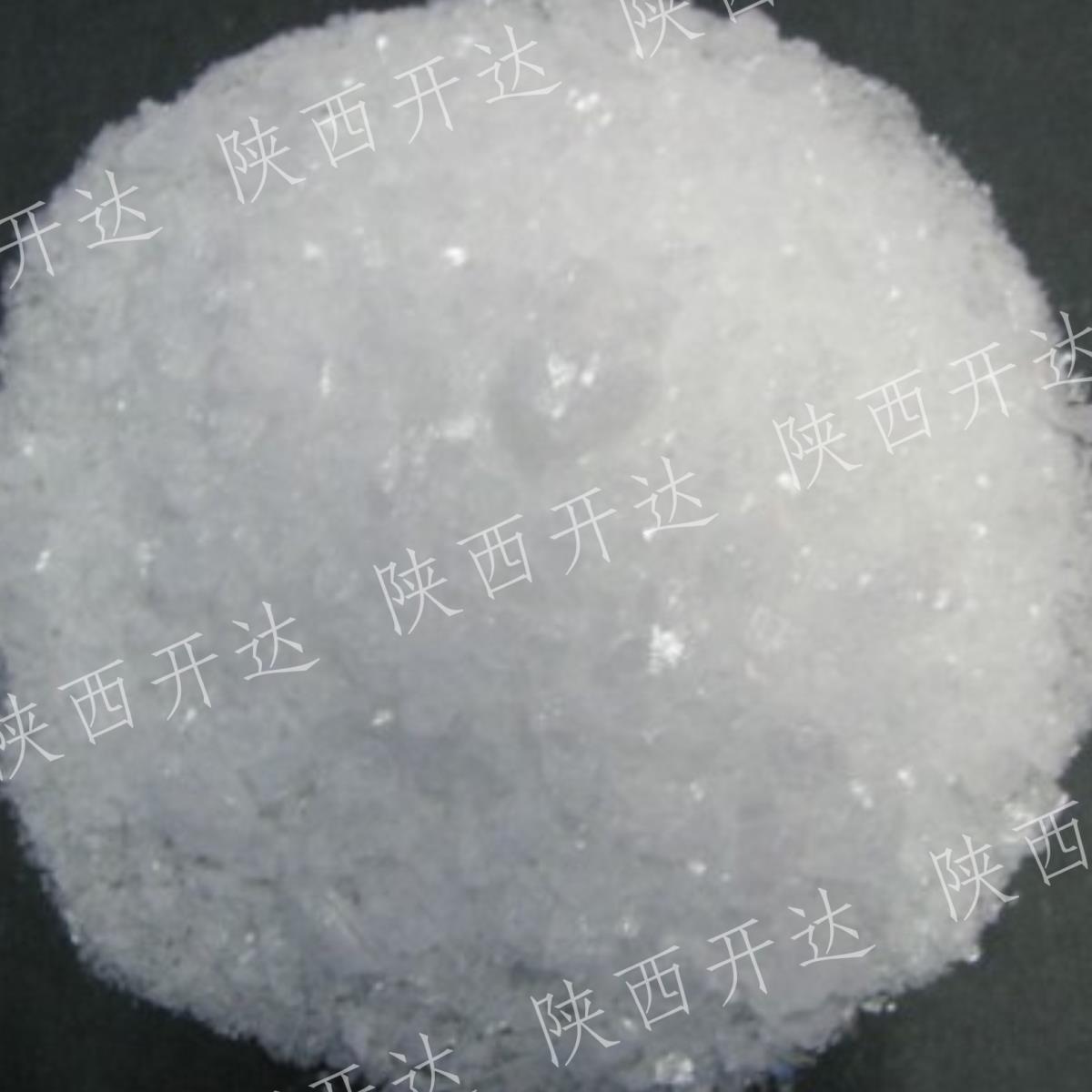
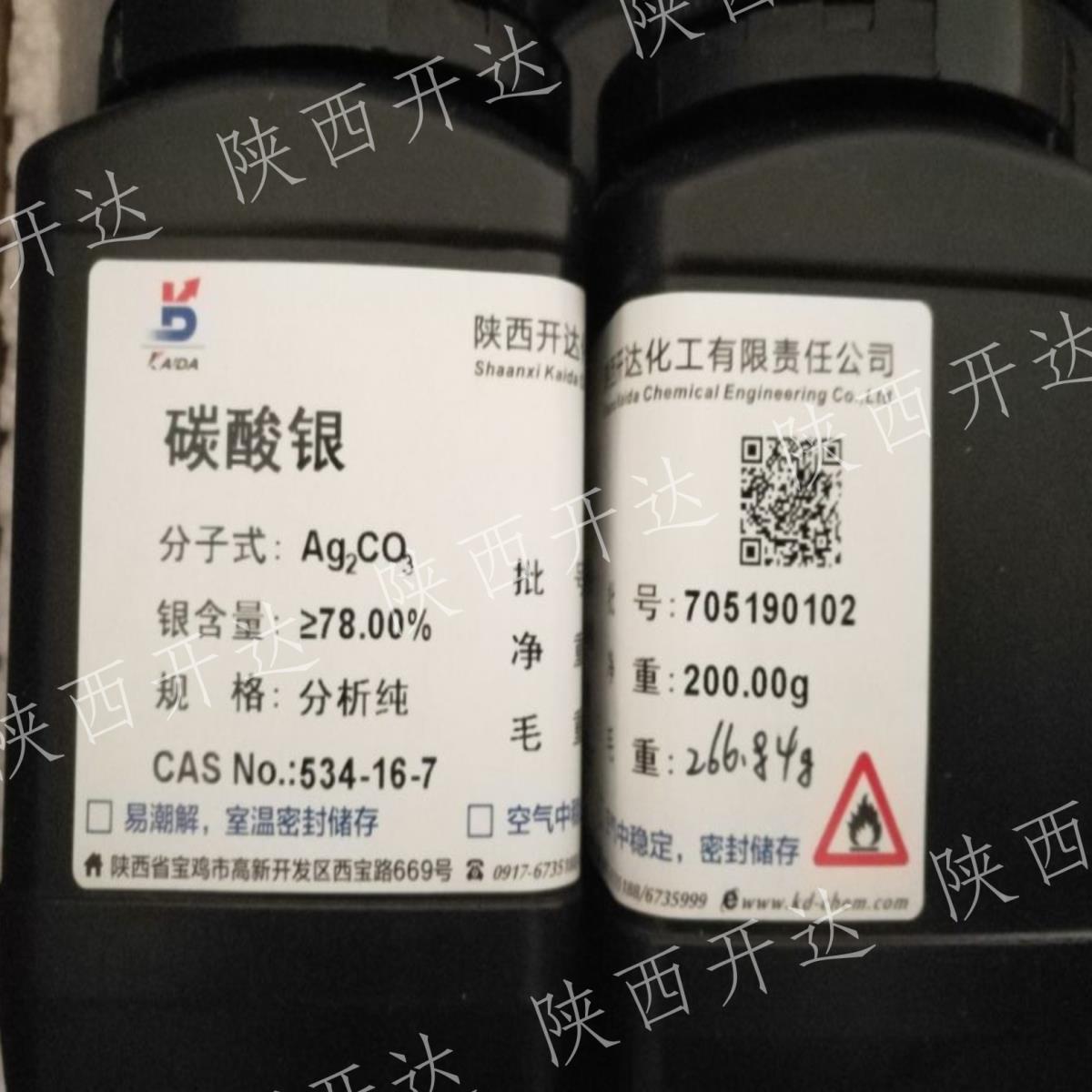
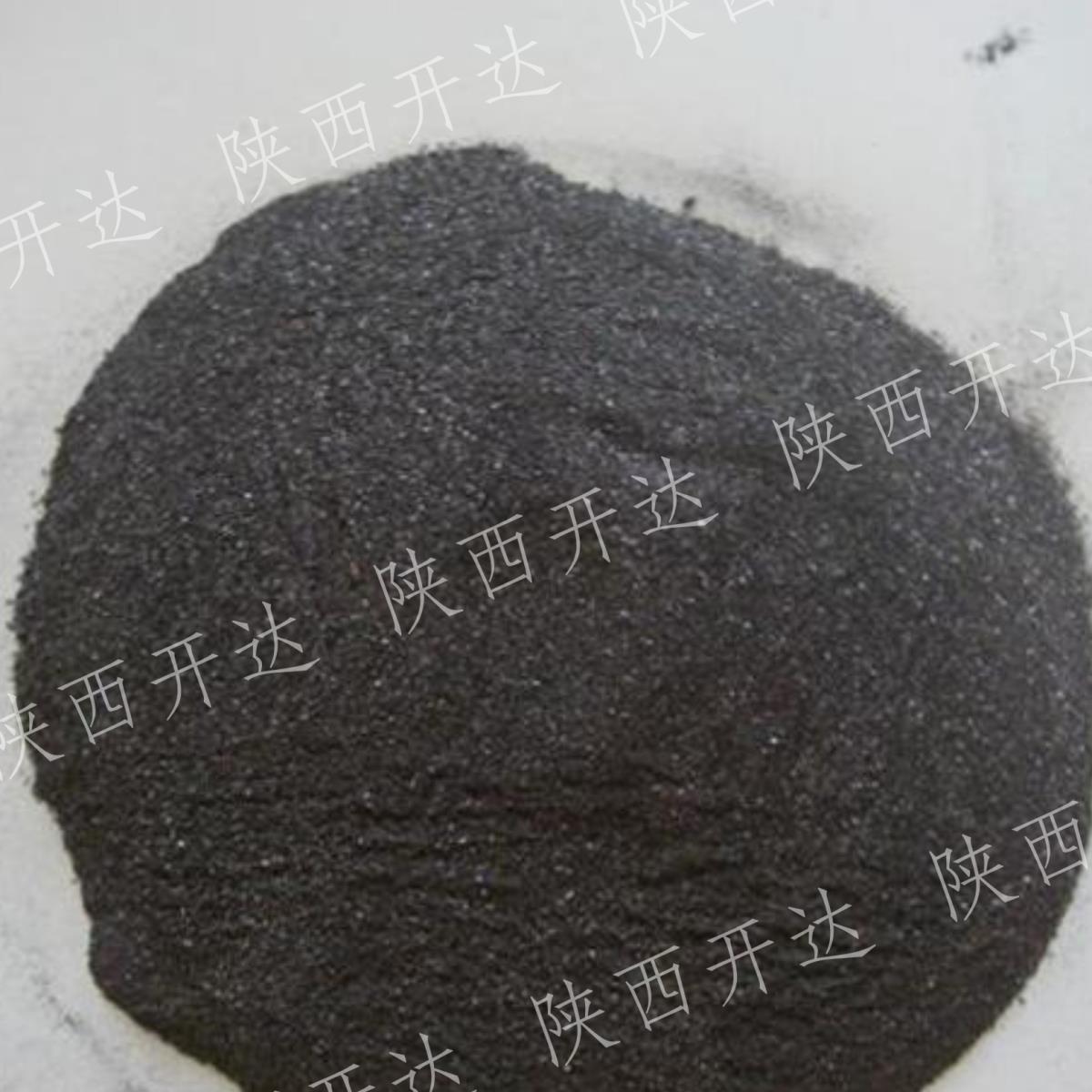
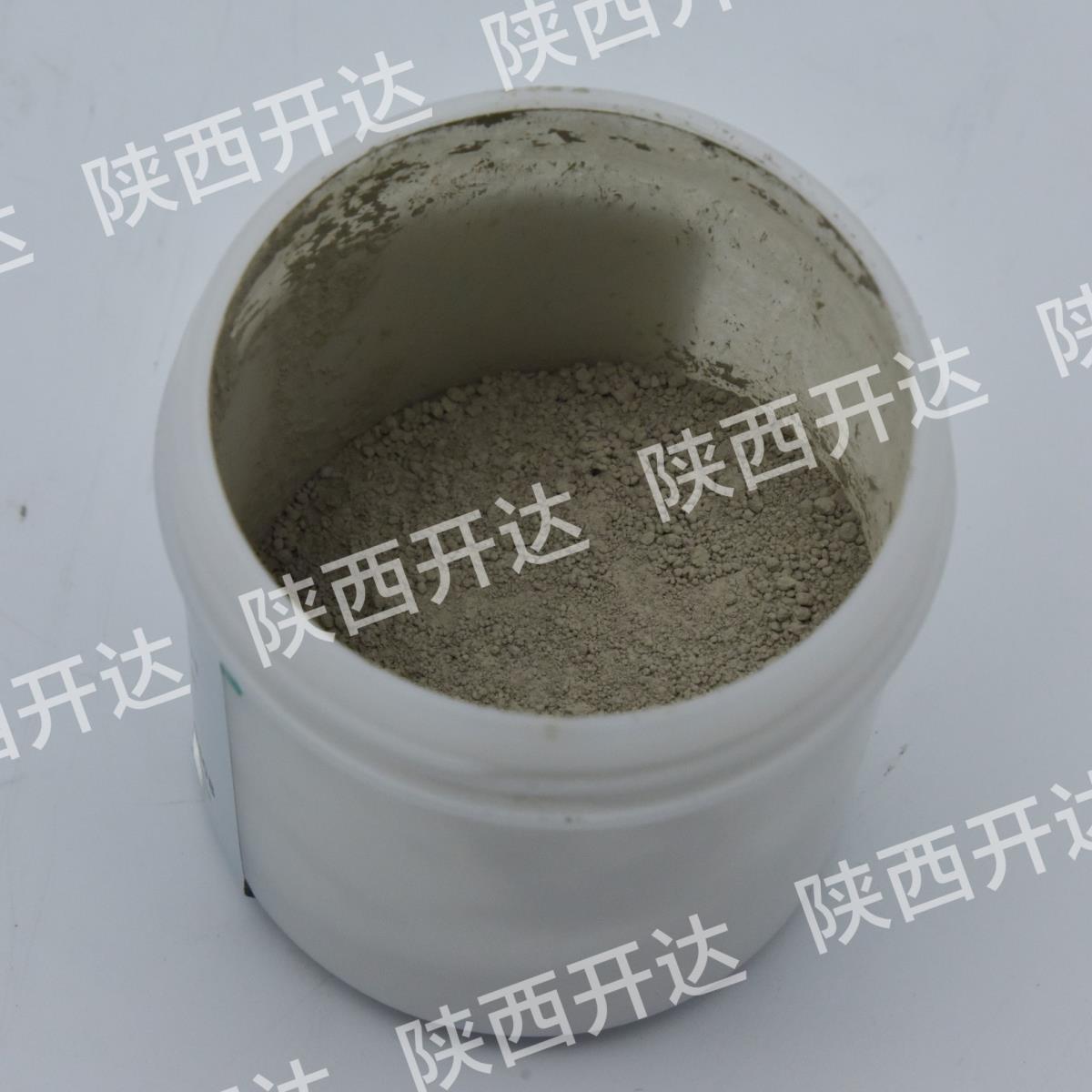
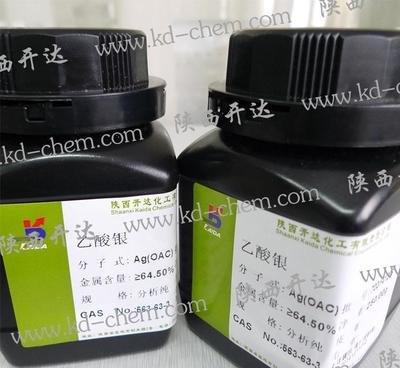
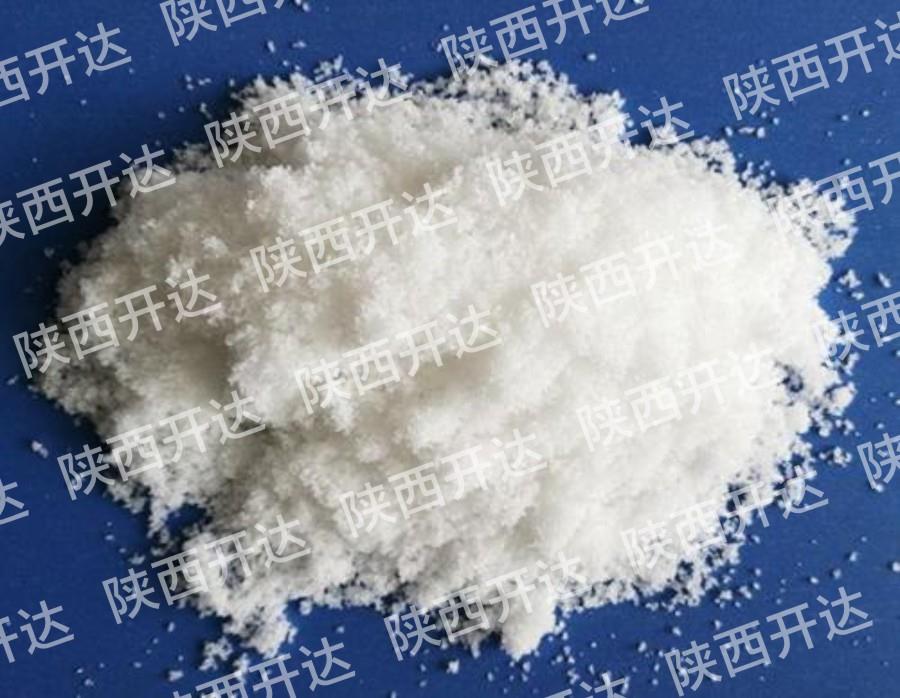
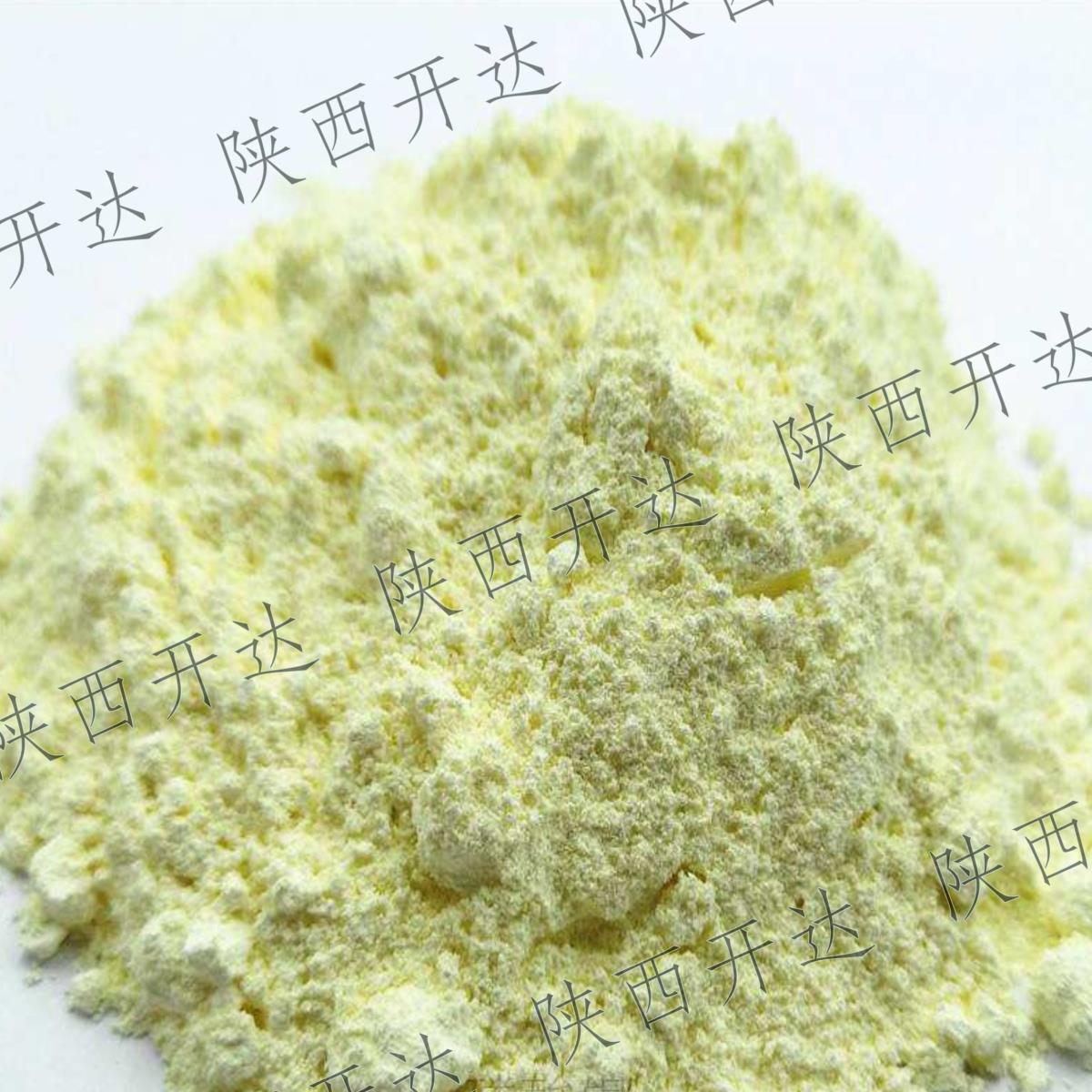


 陕公网安备 61030502000254号
陕公网安备 61030502000254号